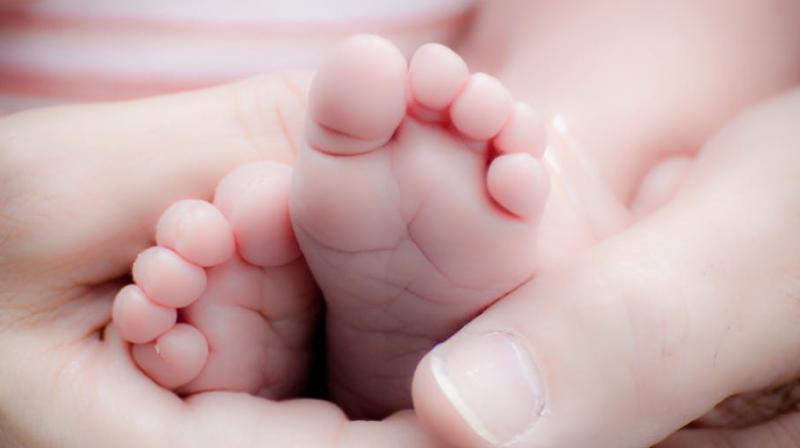Researchers warn of risks for early-term babies

Washington: A study has recently warned that early-term babies, born between 37 and 39 weeks, are at increased risk of diabetes and obesity-related illnesses as well as shortened life span.
'Early term' pregnancy is defined as delivery between 37 and 39 weeks and a full term pregnancy lasts between 37 and 42 weeks. Babies born between 39 and 41 weeks of gestation have better outcomes than those born either before or afterward.
Researchers from Ben-gurion University of the Negev in Beersheba, Israel investigated hospitalisation of children up to age 18 to determine the impact of early-term versus full-term gestation. They analysed 54,073 early-term deliveries and 1,71,000 full-term deliveries.
Eyal Sheiner at Soroka University Medical Center in Israel said they found that hospitalisations up to the age of 18, involving endocrine and metabolic morbidity, were found to be more common in the early-term group as compared with the full-term group, especially at ages five and above.
The researchers also discovered that children older than five exhibited significantly higher rates of type I diabetes mellitus - a chronic condition in which the pancreas produces little or no insulin.
"Pregnancies ending at early term were more likely to be complicated by hypertensive disorders and maternal diabetes (both gestational and pre-gestational). Deliveries were more often cesarean, and mean birthweight was significantly smaller," Dr. Sheiner added.
According to researchers, babies delivered at early term were also more likely to be low birthweight -- less than 5.5 pounds (2.5 kilograms).
These diseases may increase the likelihood of other associated maladies with a detrimental long-term impact on one's health and well-being, increased lifetime healthcare expenditures and a shorter life span, the researchers concluded.
The research appears in the Journal of Obstetrics and Gynecology.

